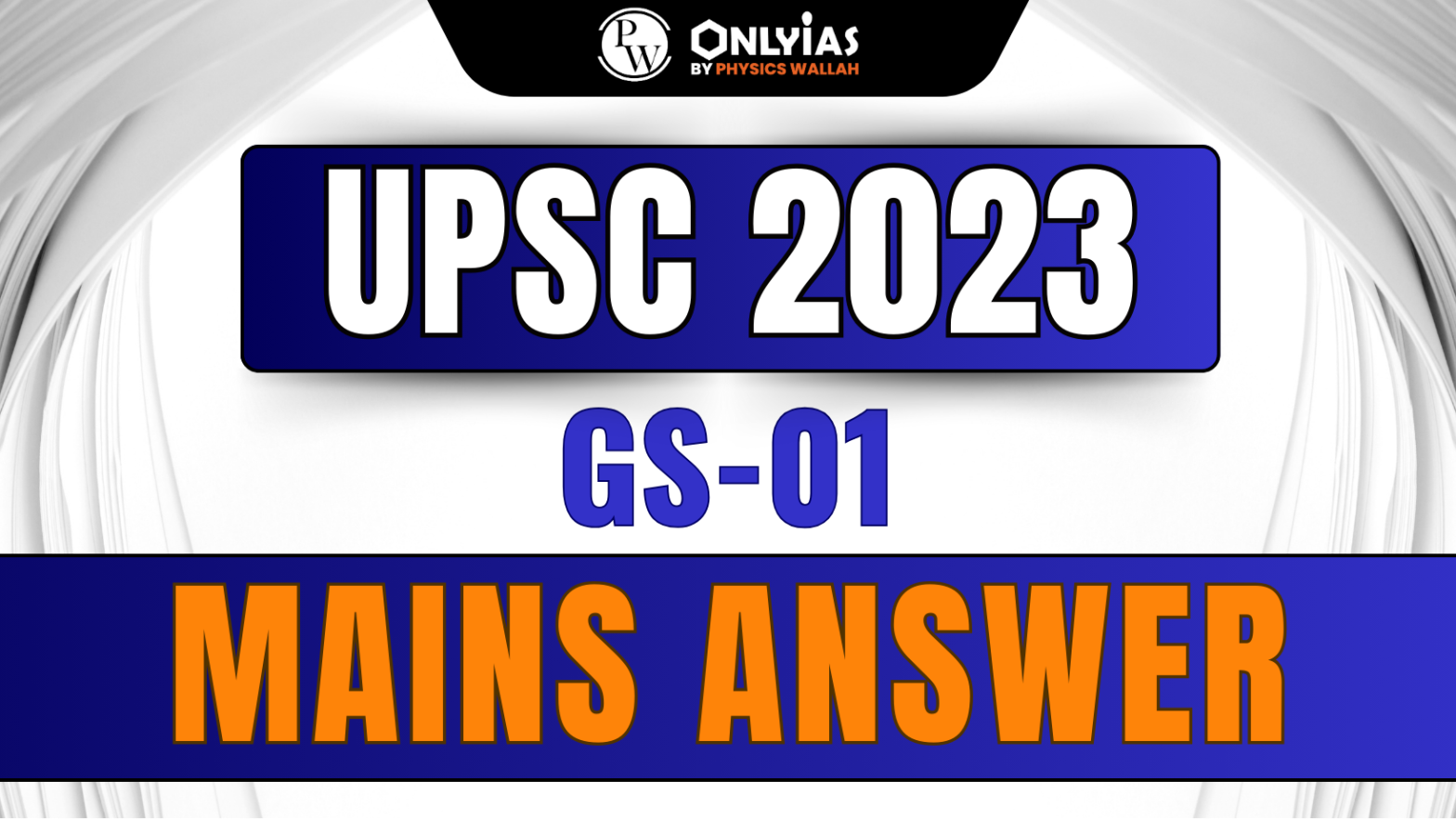Q.20 Discuss the impact of post-liberal economy on ethnic identity and communalism.

Q.20 Discuss the impact of post-liberal economy on ethnic identity and communalism.
| How to approach the question
Introduction ● Write about the ethnic identity and communalism briefly Body ● Write the impact of post-liberal economy on ethnic identity ● Write the impact of post-liberal economy on communalism ● Write suitable way ahead in this regard Conclusion ● Give appropriate conclusion in this regard |
Introduction
While ethnic identity refers to a shared sense of belonging based on cultural, linguistic, or ancestral ties, communalism is often seen as an exaggerated allegiance to one’s own community, sometimes at the expense of others. The post-liberalized economy, initiated in India in 1991 has also impacted ethnic identity and communalism in India.
Body
Impact of Post-Liberal Economy on Ethnic Identity
Positive Impacts:
Negative Impacts:
Impact of Post-Liberal Economy on Communalism
Positive Impacts
Negative Impacts
Way Ahead
Conclusion
Adopting these innovative strategies can steer India towards a harmonious future, bridging communal divides and fostering a society rooted in mutual respect and understanding. It is pivotal that the blueprint for the future is drawn with careful consideration to nurture a society that stands united in its diversity.
| For a Detailed explanation of the UPSC GS-01 Mains question 2023, click here.
For a Detailed explanation of the UPSC GS-02 Mains question 2023, click here. For a Detailed explanation of the UPSC GS-03 Mains question 2023, click here. For a Detailed explanation of the UPSC GS-04 Mains question 2023, click here. |

<div class="new-fform">
</div>